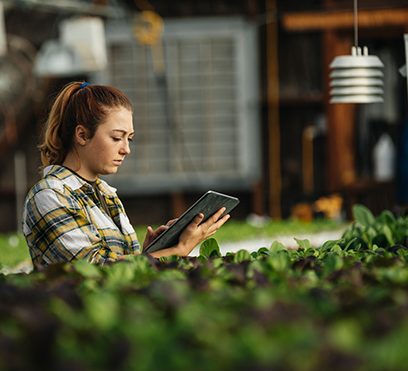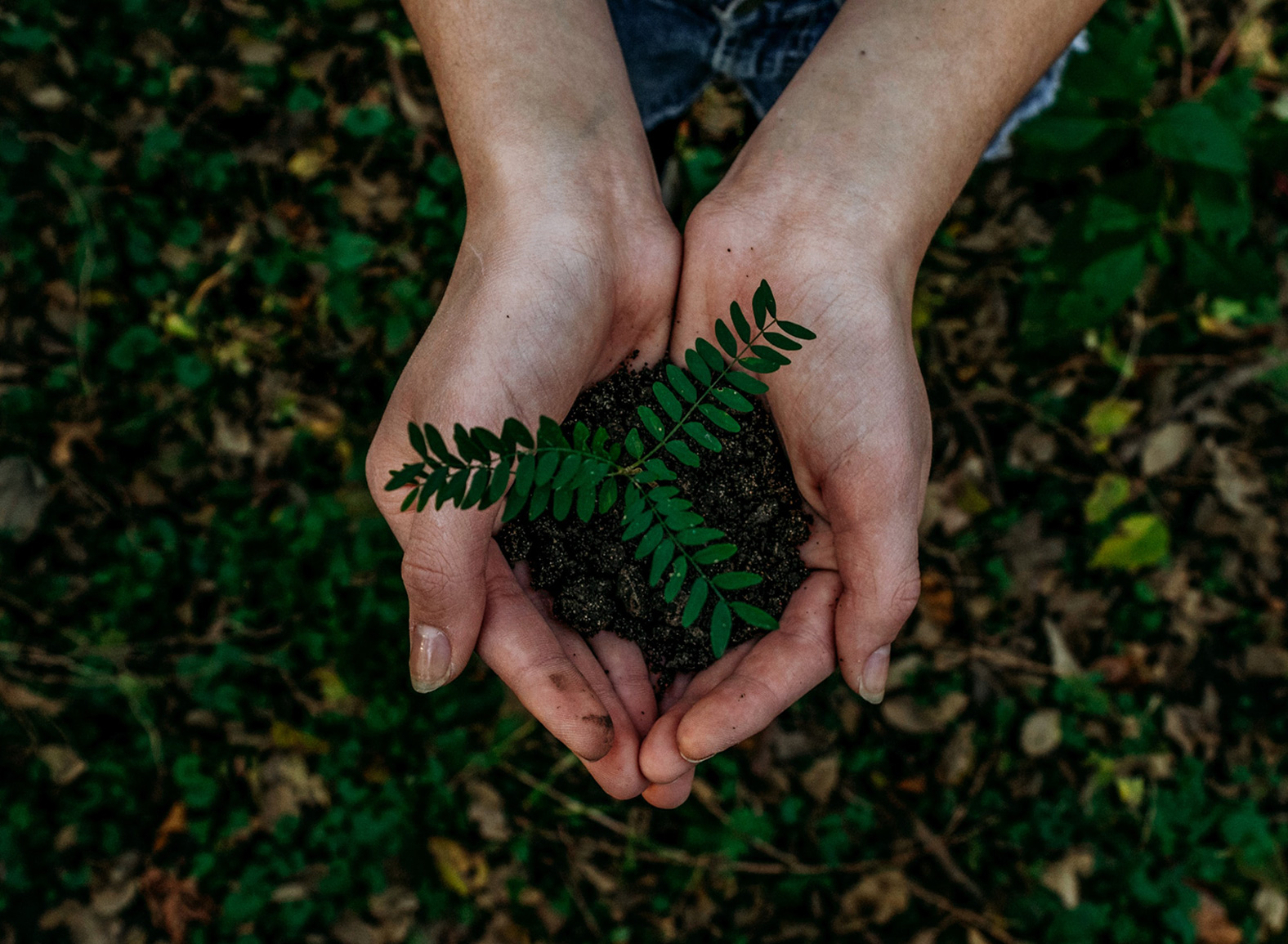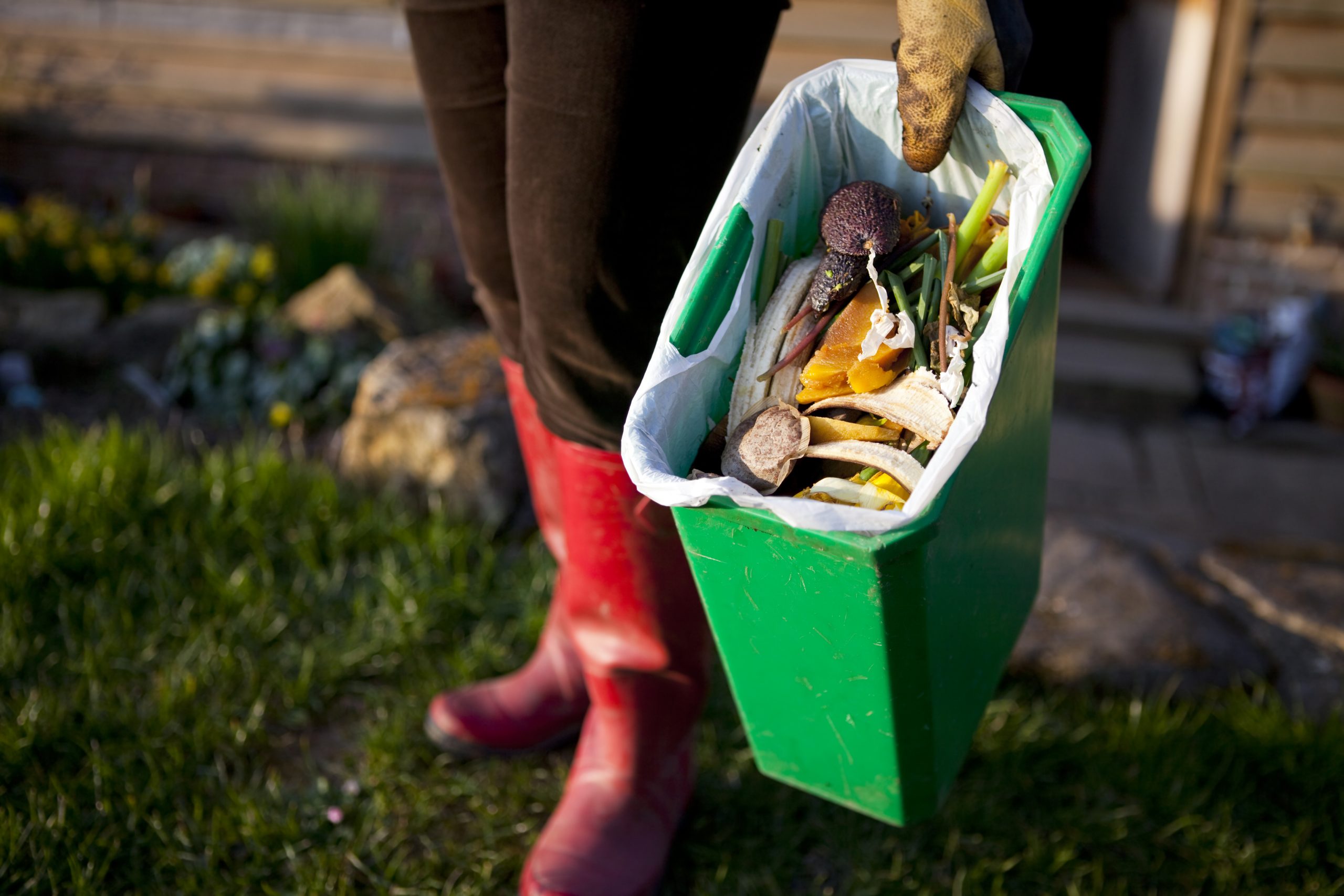Have you ever thought about what determines the sell-by date on processed and fresh meat or fruit and vegetables in a supermarket?
Johanna Björkroth, Professor, University of Helsinki, has.
In fact, Johanna Björkroth is carrying out research on the precise biological factors that cause food to spoil, and now the Novo Nordisk Foundation has awarded her a 5-year grant of DKK 10 million to enable her to develop methods to optimally predict whether food is too spoiled to eat or can be safely eaten.
“My project is very ambitious, and getting such a large grant to realize it is like winning the lottery,” says Johanna Björkroth.
Too much food is discarded because the sell-by date has passed
In a world in which food waste is clearly undesirable, both consumers and the food industry are interested in knowing how long food can last before it should be discarded.
Currently, the food industry has to rely on unspecified tools in setting shelf lives for perishable food items, and the data are subsequently converted to a sell-by and/or use-by date, which is marked on the package. Food producers often measure the bacteria in a product, but the number of bacteria actually peaks before the food spoils, so solely relying on the number of bacteria in a food item to determine whether it is good enough to eat will end up with good food going to waste.
The shelf life of the same product can also differ greatly. Some pork roasts or sausages only remain edible until the sell-by date; others can last much longer. However, consumers usually only look at the date on the package, and if it is has passed, the sausage ends up as food waste rather than in the pan.
“The problem is that many people mistakenly believe that the microorganisms that break down food also make people sick. However, this is not the case. The bacteria that decompose food have nothing to do with pathogenic bacteria. In addition, we currently do not have good and modern methods for directly measuring a food item to determine how spoiled or fresh it is,” explains Johanna Björkroth.
Quantifying spoilage or freshness
Johanna Björkroth’s research will develop methods for estimating how fresh food is and thereby predicting the remaining shelf life.
Johanna Björkroth will therefore seek biomarkers that can unequivocally identify how spoiled or fresh a given food item is. However, this is not easy, because food has thousands of different bacteria with thousands of different biochemical signalling pathways, all of which play some role in determining the shelf life of food. However, in her previous research, Johanna Björkroth identified some possible candidates she will test.
“We will use advanced technologies from health research to identify which genes are expressed in a specific direction, when a food item becomes more and more spoiled when refrigerated or vacuum-packed. This will provide a specific and quantitative measure for how spoiled or fresh a food item is, which is also based on more than just its smell or appearance,” says Johanna Björkroth.
Identifying 10 biomarkers for spoilage
Johanna Björkroth’s research project will also develop a platform of artificial intelligence that can help to identify more biomarkers of spoilage. She will especially focus on how RNA is expressed in the samples – the total protein activity of the bacteria.
The biomarkers must be associated with changes in their expression over time as a food becomes more and more spoiled and should be applicable to all samples of a given food and preferably also across several food items.
Then researchers, and perhaps even Johanna Björkroth herself, will develop analytical tools that can easily be used to quickly measure how fresh a food item is.
The long-term perspective is that these analytical tools can be integrated into the packaging, replacing the use-by date with a precise indicator of how fresh the food is.
“I really hope that we can find about 10 suitable biomarkers that can identify how spoiled a food item is. We will then explore these further to see how much we can achieve in this research project and how much other researchers will need to do to develop them into tools that can be easily used in the food industry,” says Johanna Björkroth.
The grant awarded to Johanna Björkroth is one of many grants awarded under the Foundation’s Research Leader Programme, through which the Foundation has awarded a total of DKK 400 million to 41 projects in 2020. Read more here.
About the Novo Nordisk Foundation
The Novo Nordisk Foundation is an independent Danish foundation with corporate interests. It has two objectives: 1) to provide a stable basis for the commercial and research activities of the companies in the Novo Group; and 2) to support scientific, humanitarian and social causes.
The vision of the Foundation is to contribute significantly to research and development that improves the lives of people and the sustainability of society. Since 2010, the Foundation has donated more than DKK 25 billion (€3.3 billion), primarily for research at public institutions and hospitals in Denmark and the other Nordic countries as well as research-based treatment and prevention of diabetes. Read more at www.novonordiskfonden.dk/en.
Further information
Christian Mostrup, Senior Programme Lead, +45 3067 4805, [email protected]








